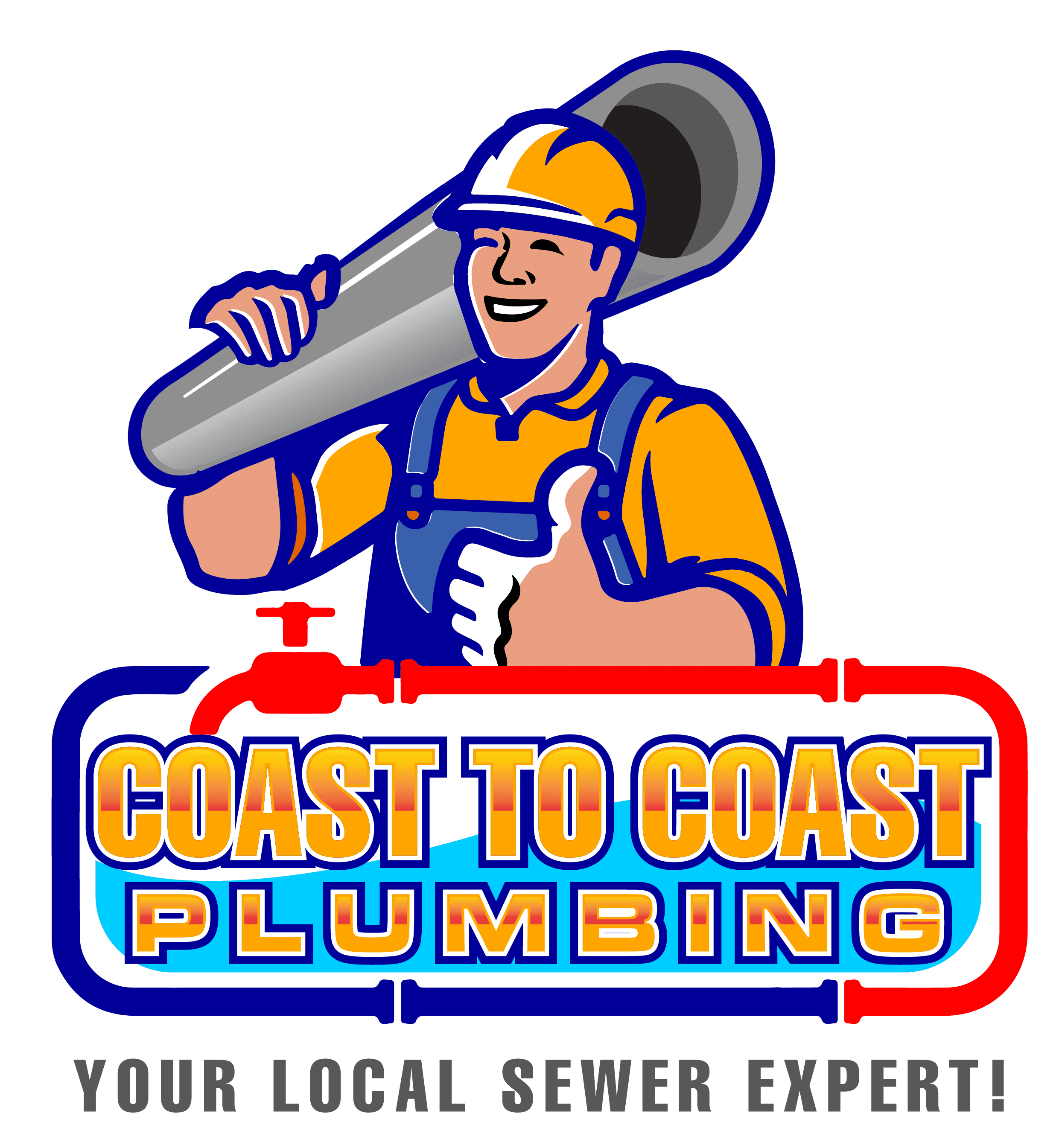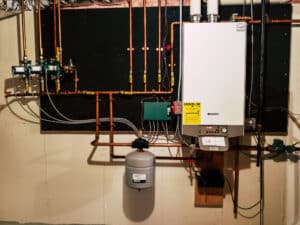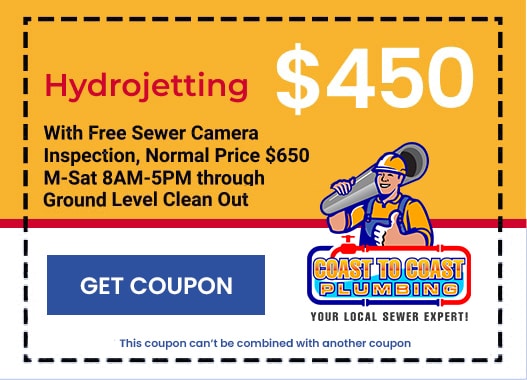Keeping your home plumbing system in good condition requires regular inspections to identify potential issues before they escalate into costly repairs. Homeowners can save money and reduce future plumbing complications by following a simple, methodical checklist designed to target key areas within their plumbing systems.
In this article, we present the essential home plumbing inspection checklist that will help you stay on top of potential plumbing problems and maintain the efficiency of your home’s water and drainage systems. By following this practical guide, you can tackle minor issues, extend the lifespan of your plumbing components, and reduce the likelihood of emergency plumbing situations.
So, let’s dive in and explore the comprehensive plumbing inspection checklist that every homeowner should incorporate into their home maintenance routine. By doing so, you’ll ensure a well-functioning plumbing system and a comfortable, efficient living environment.
Inspecting Supply Lines and Shut-off Valves
1. Main Shut-off Valve: Start by locating the main shut-off valve, typically found near the water meter or where the water supply enters your home. Ensure that it can be easily turned on and off to prevent issues during emergencies.
2. Supply Line Valves: Check the shut-off valves near individual fixtures like toilets, sinks, and washing machines. Ensure they are functional and free from signs of corrosion or leaks.
3. Water Pressure: Excessively high or low water pressure can cause damage to your plumbing system and fixtures. Purchase a water pressure gauge and connect it to a hose bib or faucet. Ideally, the pressure should be between 40-60 psi (pounds per square inch). If the readings are outside this range, consider installing a water pressure regulator to manage the pressure in your home.
Examine Pipes for Potential Leaks
1. Visible Pipes: Inspect exposed pipes in your basement, crawl space, and under sinks. Look for signs of wear, damage, or corrosion as well as any active leaks or water stains.
2. Cabinets: Check under kitchen and bathroom sinks for water damage, warping, or mold growth, which could indicate hidden leaks.
3. Ceilings and Walls: Examine walls and ceilings for stains, bulging, or peeling paint that can signify hidden water leaks.
Inspect Drains and Drainage Systems
1. Drain Speed: Test all sinks, bathtubs, and showers by running water and observing the drainage speed. Slow-draining water could indicate a developing clog.
2. Blocked Vents: Plumbing vents can become obstructed by debris or even by nesting animals, causing drains to function improperly. Inspect vent pipes on your roof and clear any blockages.
3. Clean Traps: Regularly clean sink and bathtub traps to remove accumulated debris and prevent clogs.
4. Floor Drains: Inspect and flush out floor drains in basements or garages, ensuring they are clear and flow without issue.
5. Rain Gutters and Downspouts: Check for clogs or damage in your rain gutters and downspouts, which can redirect excess rainwater away from your home and prevent foundation issues.
Evaluate Toilets for Proper Functioning
1. Flush Mechanism: Test all toilets in your home by flushing and observing the flow of water. The flush should be strong, and the tank should refill promptly. Listen for any strange sounds like gurgling or trickling water, which could indicate a problem with the fill valve or the flapper.
2. Base: Inspect the base of the toilet for any signs of water leakage, which may appear as darkened or warping floor materials. Loose toilet bases can lead to leaks, so secure them tightly to the floor.
3. Overflow Tube: While the toilet tank refills, ensure that water does not run into the overflow tube. If it does, adjust the float level or replace the faulty fill valve.
4. Dye Test: Place a few drops of food coloring in the toilet tank and wait 30 minutes without flushing. If colored water appears in the bowl, you have a slow leak in the flapper or flush valve that should be repaired.
Examine Water Heater and Appliances
1. Water Heater: Check your water heater for signs of leaks, corrosion, or wear. Make sure the temperature setting is within the recommended range of 120-125°F to prevent scalding and save energy costs. Also, remember to drain and flush the tank yearly to remove sediment buildup.
2. Washing Machine: Inspect the hoses and connections on your washing machine for any signs of leakage or damage. Replace deteriorated hoses, and don’t forget to clean the lint trap to ensure efficient functioning.
3. Dishwasher: Check the connections and hoses on your dishwasher for any signs of wear or leaks. Clean the filter regularly and make sure the door seal is intact.
Performing regular plumbing inspections using this comprehensive checklist will help you minimize the likelihood of plumbing issues and save on repair costs. Identifying and addressing minor problems early can prevent more significant damage to your home’s plumbing system and maintain a comfortable and efficient living environment. It is also essential to schedule professional plumbing maintenance from time to time, as some tasks are best handled by expert plumbers.
Trust Coast to Coast Plumbing and Rooter for Your Home Inspection Needs
In conclusion, adhering to a regular plumbing inspection schedule using this essential home plumbing inspection checklist is crucial for maintaining a healthy and efficient plumbing system. This comprehensive guide gives you the tools needed to spot minor issues and prevent significant damage and costly repairs in your home.
However, while performing these inspections is critical, it’s also vital to schedule professional plumbing maintenance to ensure every aspect of your plumbing system is thoroughly checked and addressed.
Why take risks when it comes to your home’s plumbing system? Trust the experienced professionals at Coast to Coast Plumbing and Rooter to keep your plumbing system in top shape and provide essential guidance for your home maintenance routine. Our team is ready to assist you with any plumbing concerns you may encounter, from routine checkups to emergency repairs.
To learn more about our services or to schedule a professional plumbing inspection, contact Coast to Coast Plumbing and Rooter. Let our team of skilled Burbank plumbers support you in maintaining a seamless, efficient, and stress-free plumbing system, ensuring a comfortable and secure living environment for you and your family.























